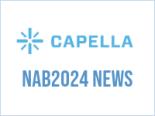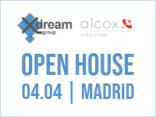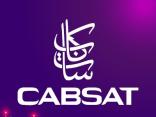We help you find and integrate software for Media-IT








NEWS

x-dream.news March 2024
This month is full of pre- and post-NAB buzz. With this email we join it too! Please let us know if you are visiting the show in Las Vegas yourselves or with customers. We will help you to arrange meetings with our most important software partners. In this email, we will give you an overview of the new products and features of Projective Technologies PAM, Capella Systems transcoding software and about a new brand name of the Woody Technologies. All of those you can personally check at NAB2024. Moreover, we would like to invite our subscribers from Spain to visit an Open House in Madrid that will take place in our reseller's Aicox office. On the 4th of April, we will present trends in (post)production and give a sneak peek to the NAB news of our vendor partners.
Capella Systems announces enhanced automated VOD/Live transcoding solutions at NAB 2024
Santa Clara, United States—14th April 2024: Capella specializes in flexible VOD transcoding and live streaming engines that can be deployed anywhere: in the cloud, on-premise, or a hybrid combination of the two. At NAB 2024, the company is announcing major new automation advances that save customers time and money and helps them address the often messy, tangled knot that cloud-based, live encoding workflows can easily become.
Projective unveils true cloud post-production in real-time with Strawberry Skies at NAB 2024
Projective Technology, a software provider that brings structure to post-production workflows for broadcasters, creative agencies and post-production facilities worldwide, is pleased to announce its return to the NAB Show, held in Las Vegas from April 14th through 17th, 2024 at booth SU3057, South Upper Hall.

XDG and Aicox Open House 2024
x-dream-group and its reseller partner in Spain, Aicox, would like to invite you to an Open House in Madrid in Spain on the 4th of April.
CabSat 2024
February 2, 2024| We cordially invite you to join x-dream-distribution GmbH at CABSAT 2024 from May 21 to 23 in Dubai on the Bavarian pavilion S1-L30f.
Media Production and Technology Show 2024
02.02.2024 | x-dream-group and its partners will be present at the Media Production & Technology Show 2024 at London's Olympia on 15-16 May.






















